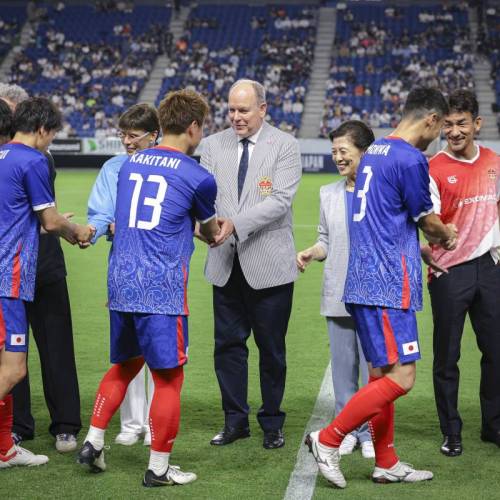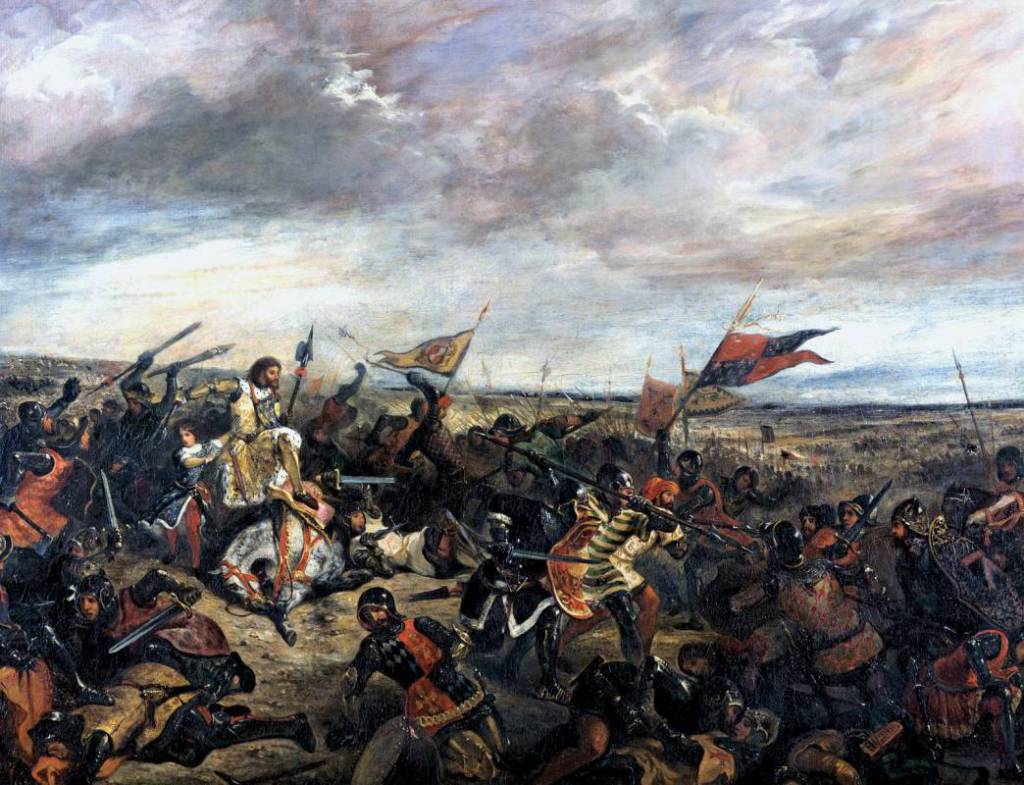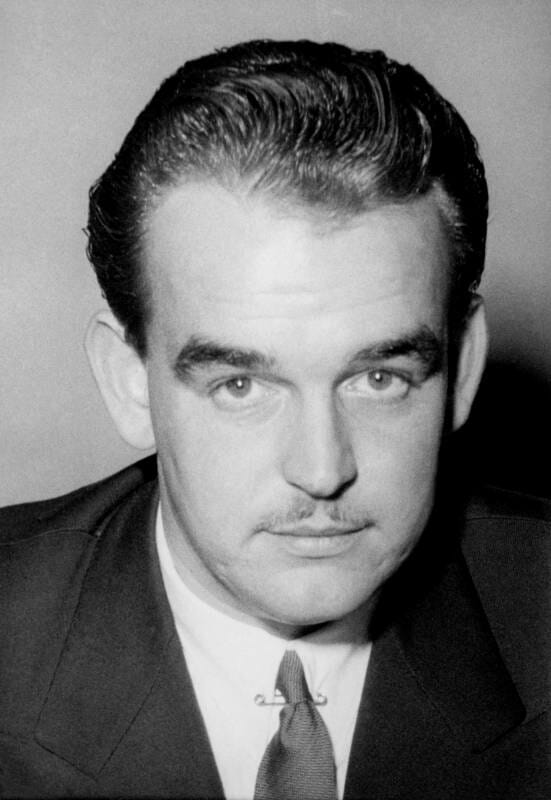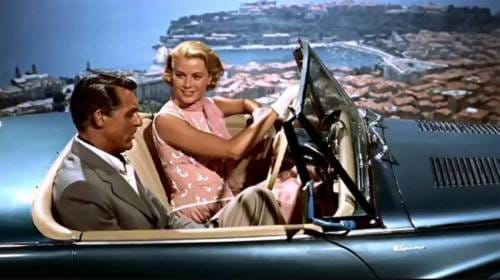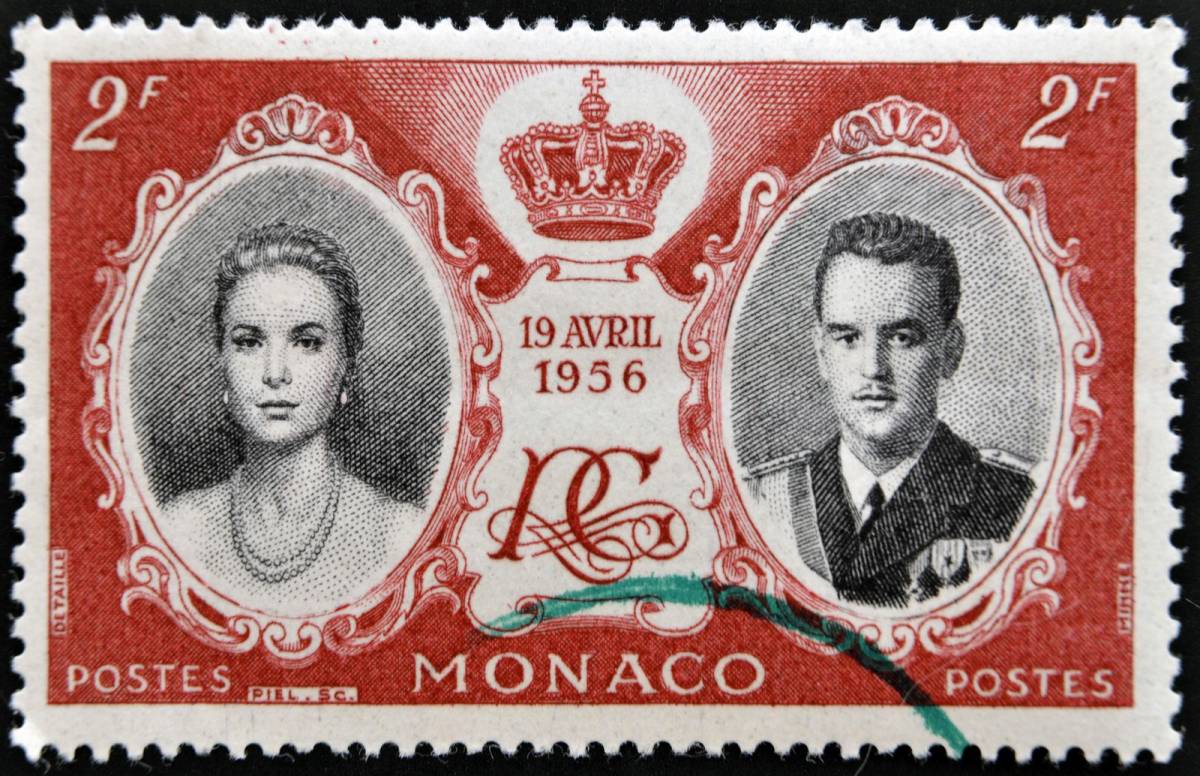Rainier II became Lord of Monaco on June 29, 1352, and at first ruled alongside his father Charles I, his brother Gabriele et great-uncle Lord Antonio. Around the same time, in 1350, Jean II was crowned King of France. That was the start of The Hundred Years War between France and England, which was ruled by King Edward III. Rainier II readily joined the war on the French side, following in the footsteps of his grandfather, Lord Rainier I.
In 1355, Rainier II set off to assist the French king with 24 warships and 6,000 archers under his command. He fought for the French in the epic battle of Poitiers on September 19, 1356, which was lost, mainly because the French troops were disorganized. The French King Jean II was captured by the British. Eventually, France fought back, the King was released and both sides signed a peace treaty.
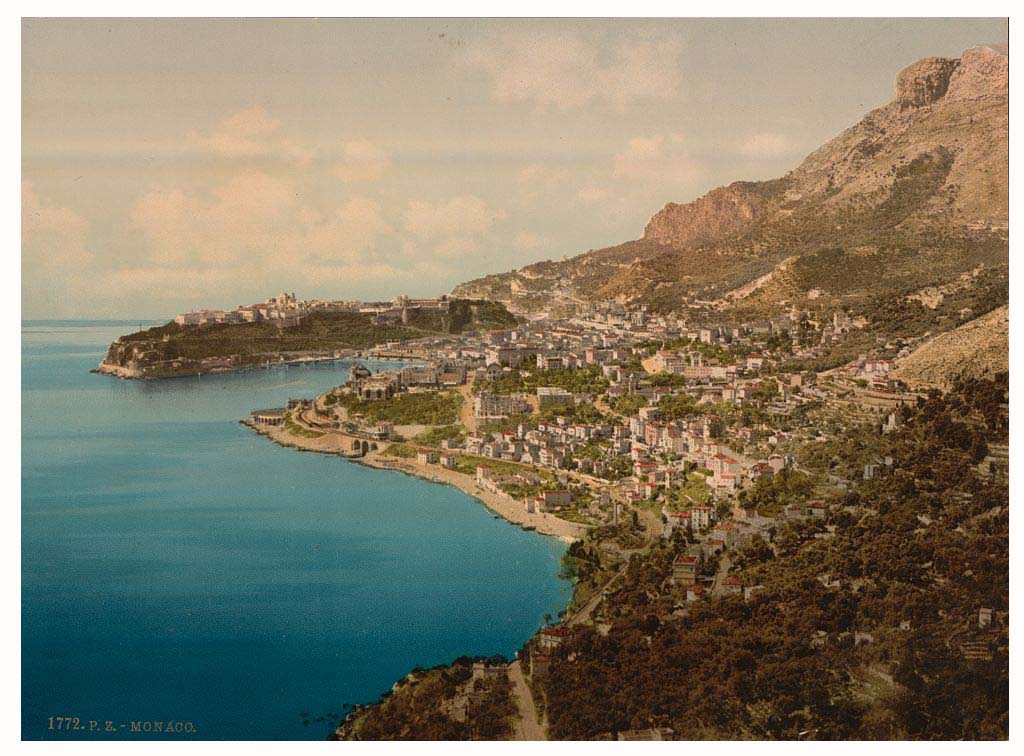
The new King of France, Charles V the Wise, undertook to restore the French fleet and largely used Mediterranean ports, including that of Monaco. During that time, Rainier II who was patrolling the English Channel with 4 of his ships encountered English vessels carrying Charles II of Navarre on board. Rainier II captured one of those ships which he later sold in Normandy. The British were eager to avenge such a humiliating defeat. They attacked a group of Genoese ships but were once again forced to retreat by Rainier II who came to help his allies. Lots of stories are told about Rainier II and his sea victories. It is sometimes difficult to tell the historical facts from legends, but one thing is sure: the Lord of Monaco guarded his coast like a lion and would not let any enemy sneak in.
Once, in 1375, Rainier II was captured in a sea battle by superior enemy forces under the command of the Duke of Lancaster. King Edward III of England bought the captive Lord of Monaco from the Duke of Lancaster for 12,000 francs in gold, making him his prisoner. Soon, however, following another truce between France and England, Rainier II was released from captivity. After that, he still fought with the French army against the British and won many battles. A few years later, Rainier II left the French service to return back to the Riviera. Historians believe that this was due to frequent pirate raids around the coast of Monaco. France being absorbed in its long conflicts with England was not able to protect the Monegasques. Profiting from these wars, in 1357 the Genoese attacked and seized the Principality, depriving Rainier II of his Lord of Monaco title. Over the next two years, there was a constant struggle between the Genoese and Grimaldi clans for the ownership of the Principality; it was constantly passing from one to another. The conflict was finally resolved by the sons of Rainier II.
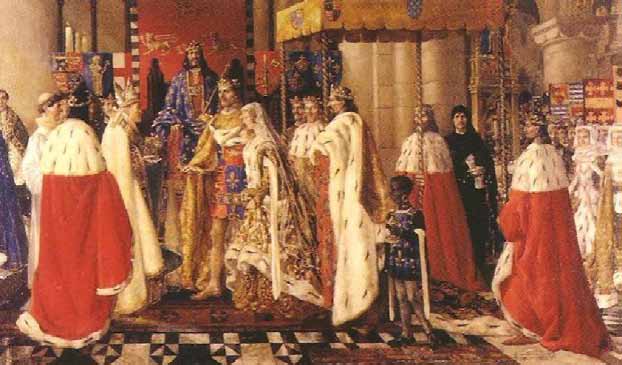
Three sons of Rainier II: Drafting rules for the succession to the throne
The Lord of Monaco, Rainier II died in 1407, leaving behind his three sons: Ambroise, Antoine and Jean who were to regain control over Monaco and consolidate the state for the Grimaldi family. They agreed to rule over the Principality together, alternately replacing each other as a governing lord. This triumvirate lasted for 7 years.
The brothers managed to regain full control over Monaco only in 1419 having resolved a number of local conflicts between the Duke of Anjou, the Genoese and the Monegasques.
Antoine and Ambroise eventually gave up their claims to the Principality in exchange for Menton and Roquebrune. Jean I became the fully-fledged and unanimous ruler of Monaco. At that time he was 25, a fearless and enterprising prince, just like his father. Not surprisingly he gained fame as a hired soldier and was often invited with his troops to fight on the side of this or that noble, taking part in numerous battles.
His reign over Monaco was anything but peaceful. Even if the Principality was back in the hands of the Grimaldis, local conflicts were multiplying and many still wished to make Monaco their own vassal territory. In the 1430s, after a number of local battles, Monaco passed under the control of the Dukes of Milan. Back then, Jean I was away, involved in some other military and political intrigues. The Principality was besieged by the Duke of Savoy. When Jean I returned back home, he was treacherously taken prisoner. His wife Pomeline Fregoso played a paramount role under these circumstances, taking leadership and defending the Principality against all comers. She did not let the enemy break in, even when the Duke of Savoy threatened to kill her husband right under the walls of Monaco. In response, she vowed never to surrender.
Luckily, the Duke of Savoy did not carry out his threats and continued the siege. Pomeline Fregoso must have had incredible mental and physical strength not to yield and to not let down her people in those hard times. The Duke of Savoy eventually released Jean I after a year of captivity. The siege was lifted, and in 1440 the Duke of Milan renounced his rights to Monaco, making it independent again.
At the end of his life, the Lord of Monaco, Jean I had only one major concern — an heir. Out of all his children, only one of his sons Catalan and his daughter Bartolomea lived to be adults. He also had a granddaughter Claudine. Catalan thus inherited the Monaco throne after his father’s death in 1454.
On April 5, 1454, Lord Jean I established the rules of succession for the Grimaldi clan. The throne of Monaco thus had to pass from father to elder son. Only if there were no male descendants would the eldest daughter take over the throne. And only on the condition that she married a direct or indirect descendant of the Grimaldis. And their heirs should take the name and coat of arms of the Grimaldi family. These rules of inheritance are true to this day.

